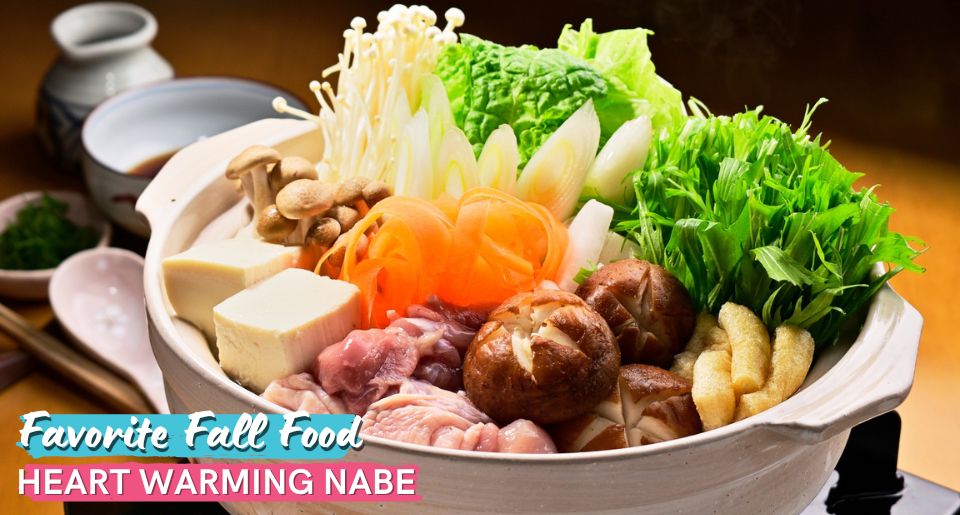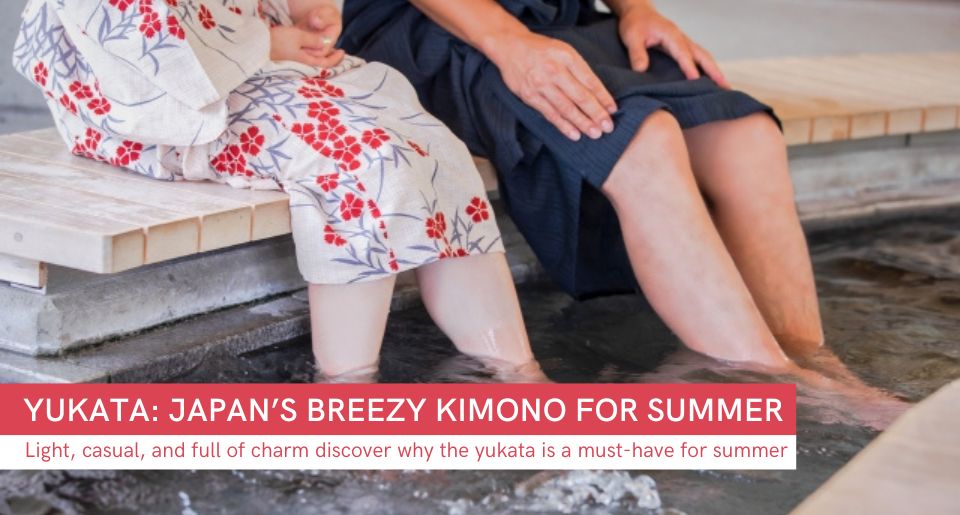Contents
- Introduction
- Nabe - Where Flavors Simmer & Cold Hearts Are Warmed
- Different Types of Soul-Satisfying Japanese Hot Pots
Yosenabe
Sukiyaki (Beef Hot Pot)
Mizutaki (Chicken Hot Pot)
Motsu-nabe (Offal Hot Pot)
Oden (Japanese Fish Cake Stew)
Yudofu (Tofu Hot Pot)
Chanko-nabe (Sumo Stew) - Nabe Etiquette: How To Dine Around the Hot Pot
- A Lively Nabe Party Awaits, Get Ingredients from Japan!
- About the Writer
Introduction
When chilly days call for something comforting, Nabe (鍋) steps up with its rich symphony of flavors, the harmonious blend of nutritious ingredients, complemented by a delicious sauce that ensures every single bite explodes with a burst of exquisite tastes – it's no wonder nabe proudly claims the throne as Japan's ultimate winter comfort food!
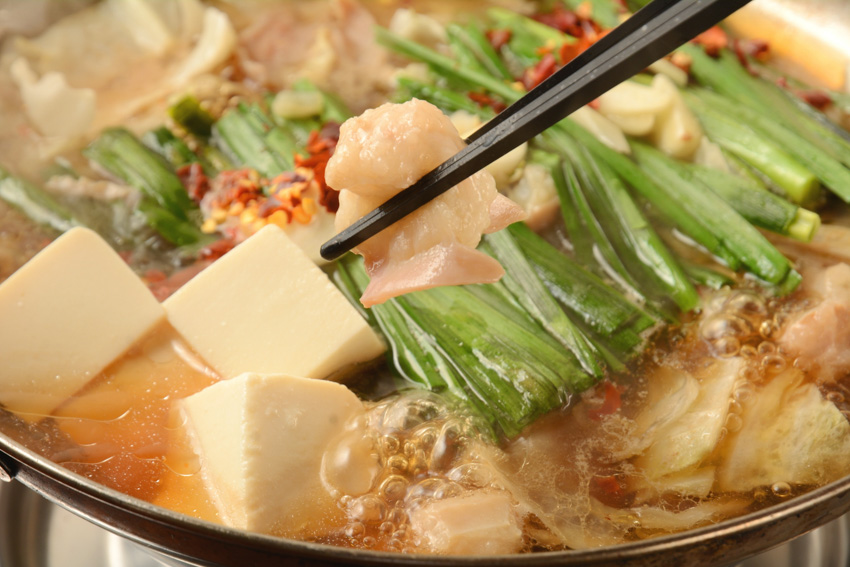
If your mouth is already watering at the mere thought of this age-old traditional Japanese dish, don't stop here – keep reading to delve into the world of nabe and learn about its preparation, its various and unique types, the hassle-free way to have its ingredients delivered right from Japan, and the etiquette of enjoying nabe in lively gatherings with friends and family!
Nabe - Where Flavors Simmer & Cold Hearts Are Warmed
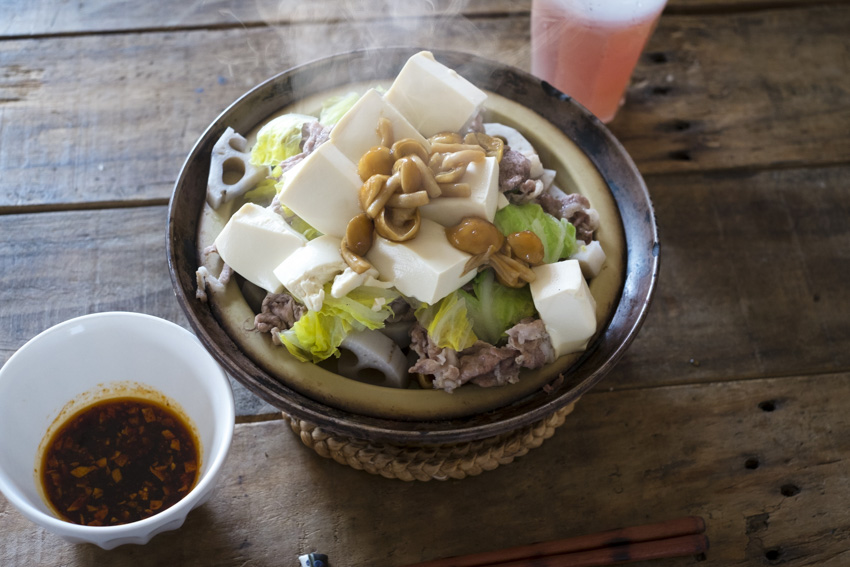
Nabemono (鍋物), or nabe (鍋), is a traditional Japanese hot pot dish that never fails to warm hearts during winter. At its core, nabe involves simmering ingredients together in a pot, allowing the flavors to meld, and then relishing them directly from the pot (no need for a transfer to plates!) This hearty table-cooked treat typically includes a wide range of nutritious and delicious ingredients, including veggies, mushrooms, tofu, seafood, and meats—all harmoniously simmered together in a hot pot.
Nabe also contains either a well-seasoned, rich broth that not only cooks the elements but also creates a delightful soup base, or a lighter, uncomplicated broth only intended for cooking the ingredients. Giving diners the opportunity to infuse their nabe with a burst of personalized flavor, a range of condiments like ponzu, yuzu kosho, grated radish (daikon-oroshi), shichimi, and mustard are often served alongside various nabe styles.
- Interesting fact: the term "nabe" can be used to describe both the pot used for cooking and the flavorful meal that comes to life within it.
Different Types of Soul-Satisfying Japanese Hot Pots

In Japan, nabe is more than just a dish – it's a beloved winter treasure that sparks boundless creativity in making a wide array of mouthwatering nabe varieties. Let’s take a look at the most popular and irresistibly delicious types of Japanese hot pots that are guaranteed to awaken your cravings!
Yosenabe
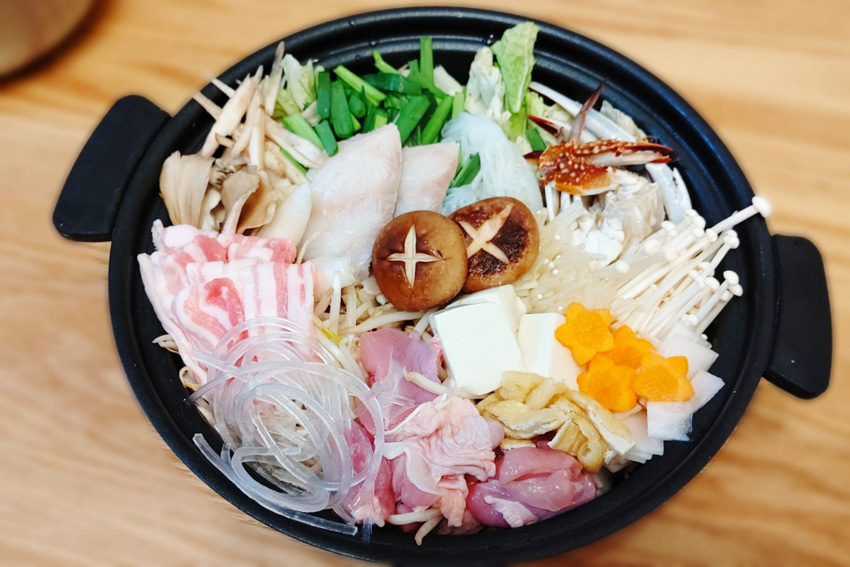
Yosenabe (寄せ鍋), which translates to "put everything in a pot," is a basic and commonly savored Japanese hot pot that combines vegetables, mushrooms, meat, and seafood in a pot. A traditional way to end a yosenabe feast in Japan involves adding cooked rice and raw eggs to the remaining broth. This broth, now enriched and intensified in flavor, transforms into zosui (雑炊) – a Japanese rice dish that is similar to rice-based vegetable soups.
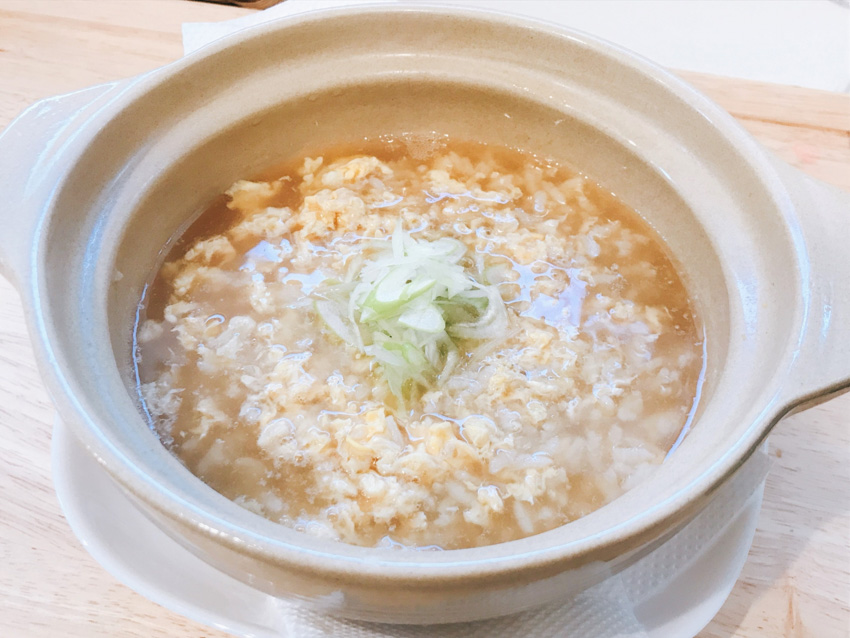
Sukiyaki (Beef Hot Pot)
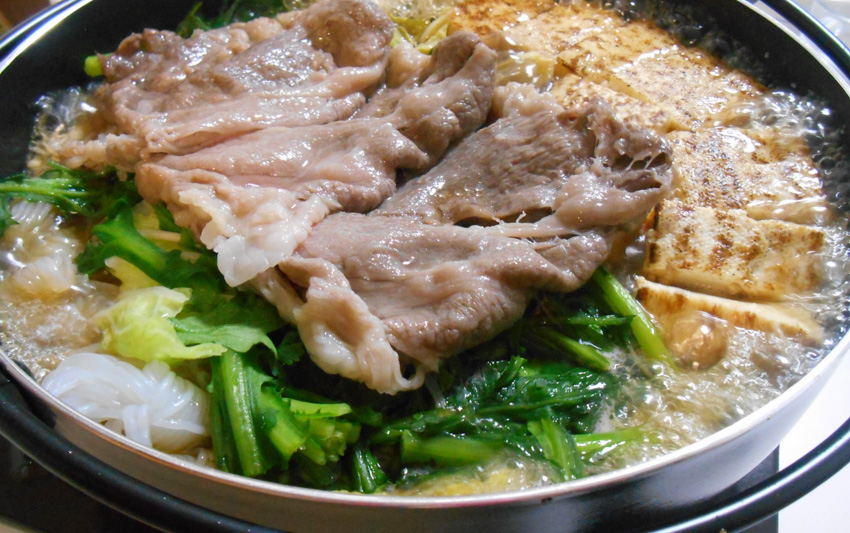
Sukiyaki (すき焼き), stands out as one of Japan's most beloved hot pots, and it's easy to see why. This enticing dish features thin slices of beef with vegetables in a tantalizing blend of soy sauce, sugar, mirin, and water. Traditionally, diners dip the cooked ingredients into a beaten raw egg just before relishing each delightful mouthful.
Mizutaki (Chicken Hot Pot)
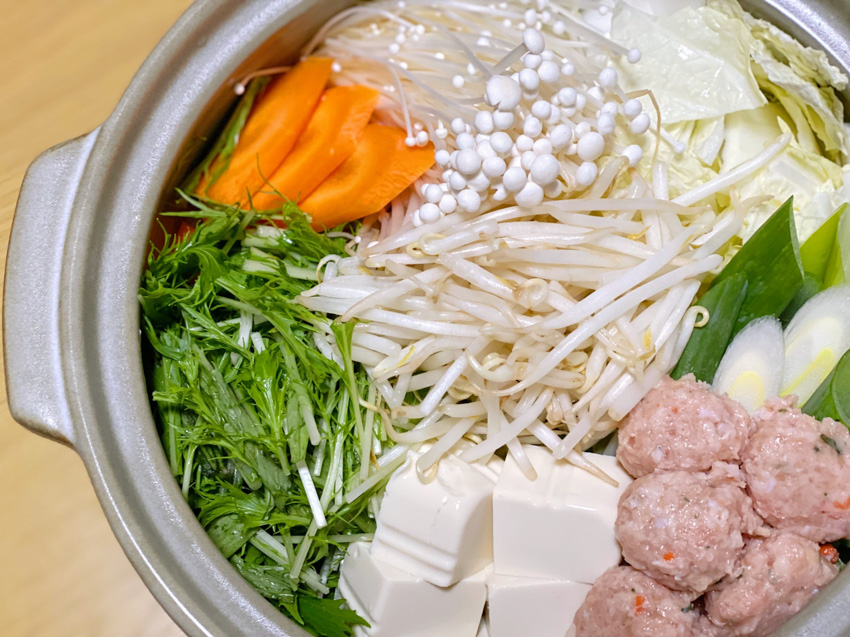
Mizutaki (水炊き), a Japanese chicken hot pot, is a harmonious blend of tender chicken, vegetables, mushrooms, and tofu, all coming together in a light kombu dashi broth. To enrich the flavors of every element, the dish is served with a delectable ponzu sauce for dipping the cooked ingredients.
Motsu-nabe (Offal Hot Pot)
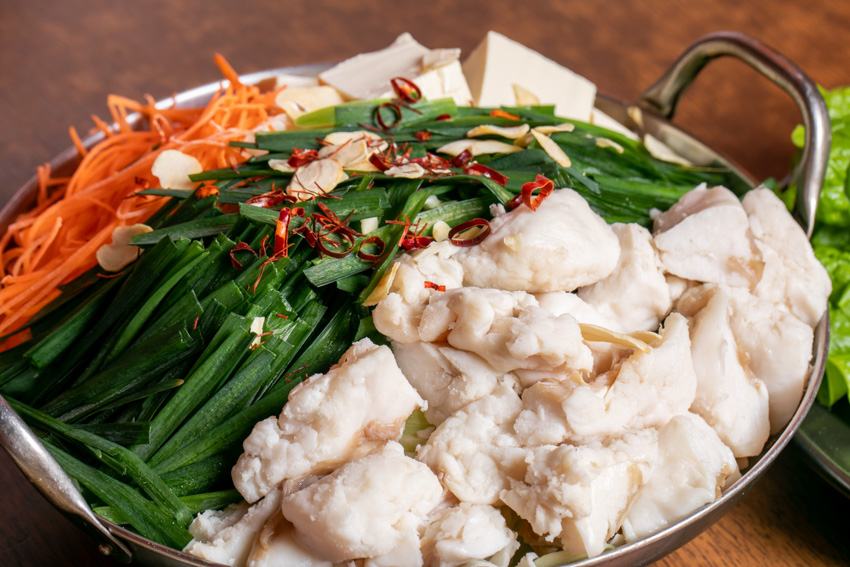
Motsu-nabe (もつ鍋), another hearty Japanese hot pot creation, brings together a fusion of beef or pork intestines, vegetables, and chili peppers. These elements come to life within a delicious soup base enriched with dashi soup stock and miso or soy sauce.
Oden (Japanese Fish Cake Stew)
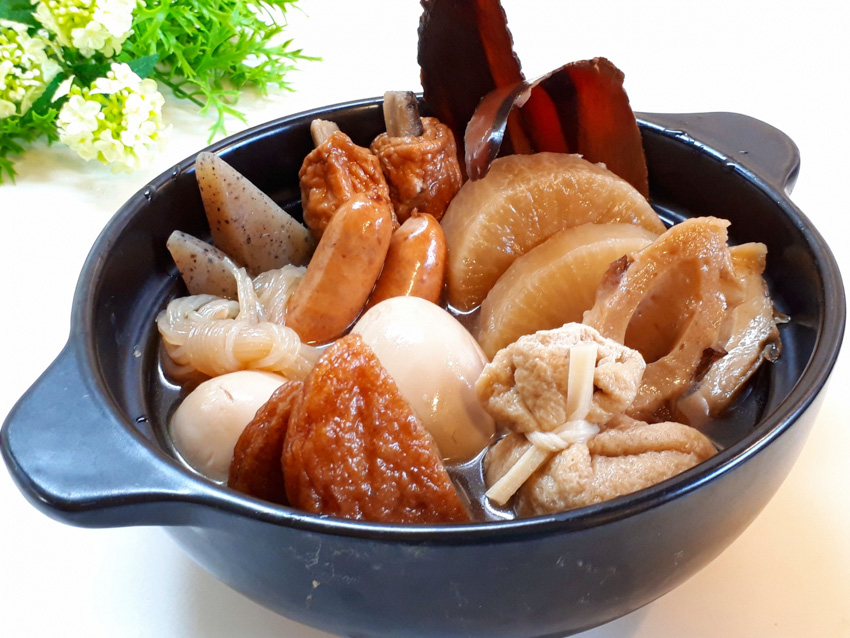
Enjoyed all across Japan for generations, Oden (おでん) is a hot pot that brings together a delicious mix of ingredients, typically featuring fish cakes, daikon radish, konnyaku, eggs, and potatoes.
Yudofu (Tofu Hot Pot)
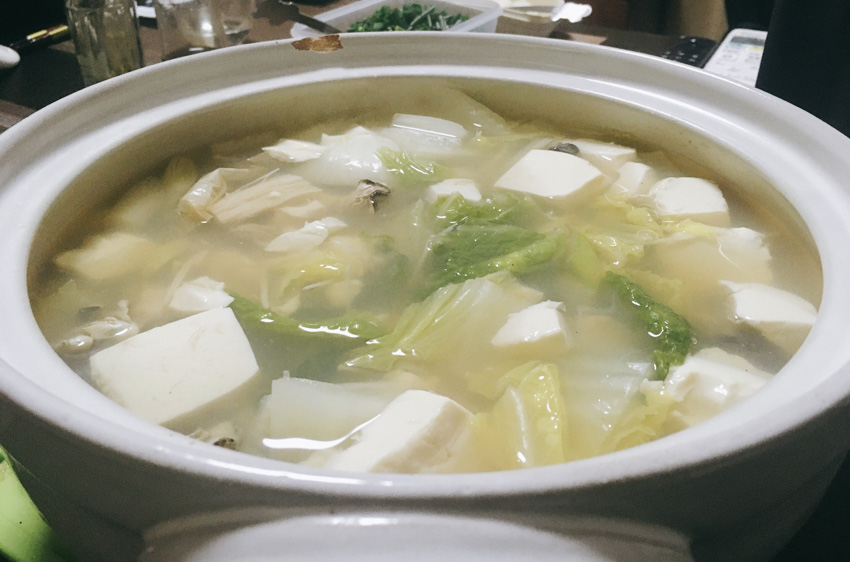
Tofu lovers are in for a treat during the chilly winter months with Yudofu (湯豆腐). This simple Japanese hot pot features silken tofu gently simmered in a light broth that's usually infused with the delicate flavor of kombu seaweed.
Chanko-nabe (Sumo Stew)
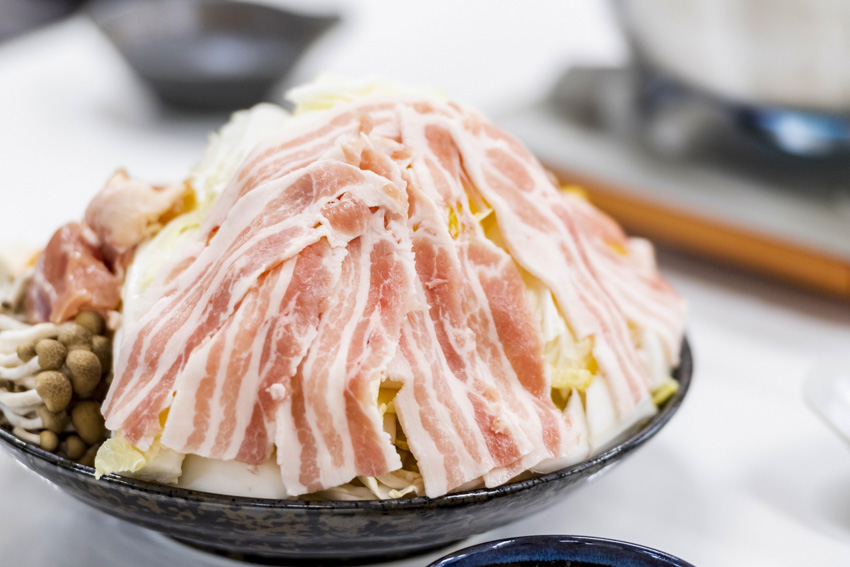
Looking to cozy up your heart and satisfy your hunger the way mighty Sumo wrestlers do? Look no further than Chanko-nabe (ちゃんこ鍋)! Originally the go-to winter meal for Sumo wrestlers, the irresistible appeal of this Japanese hot pot has spread to everyone else and is now enjoyed all over Japan, which is often made with high-protein sources like chicken, fish, or tofu, along with alongside with vegetables like daikon.
Nabe Etiquette: How To Dine Around the Hot Pot
Nabe is all about sharing a hearty one-pot meal with loved ones, but it's important to know the right way to enjoy it to ensure everyone feels comfortable during the gathering.The traditional way of enjoying a hot pot entails each diner being given a small, individual bowl. The cooked ingredients are then carefully ladled into this bowl using a serving ladle.
While enjoying your nabe, avoid using your own chopsticks to transfer cooked ingredients from the pot into individual bowls. Instead, opt for separate chopsticks and a ladle dedicated to serving each person's portion. Also, once you've selected food from the pot, don’t put it back even if you notice the ingredients aren't fully cooked yet.
Additionally, since some ingredients in the pot might break easily, it is advisable not to stir the pot at all. Finally, don't forget to strike a balance when picking ingredients, even if you have a top choice. It's best not to be too greedy and to leave enough for everyone to enjoy!
- Note: While nabe is a beloved home-cooked favorite, hot pot dishes also find their way onto the menus of certain restaurants and are sometimes featured as a delightful addition to a traditional ryokan dinner.
A Lively Nabe Party Awaits, Get Ingredients from Japan!
Ready to don the chef's hat for some nabe action and gather your friends and family for a lively nabe party and indulge in this heartwarming tradition together? Now you’re well-versed in the world of nabe and its mouthwatering varieties, the final step to complete your authentic nabe experience is getting genuine Japanese ingredients. But don't stress about arranging a trip to Japan – a few clicks on the e-commerce platform ZenPlus, and you can have all those authentic ingredients brought straight to your doorstep. Let the nabe festivities begin!
About the Writer
Meet Mariam - a freelance writer with a lifelong love for cooking, beauty, and Anime, starting from the tender age of six. Now, with boundless creativity and determination, she aims to deliver the most valuable content for readers to offer them a glimpse into her passions in life.

